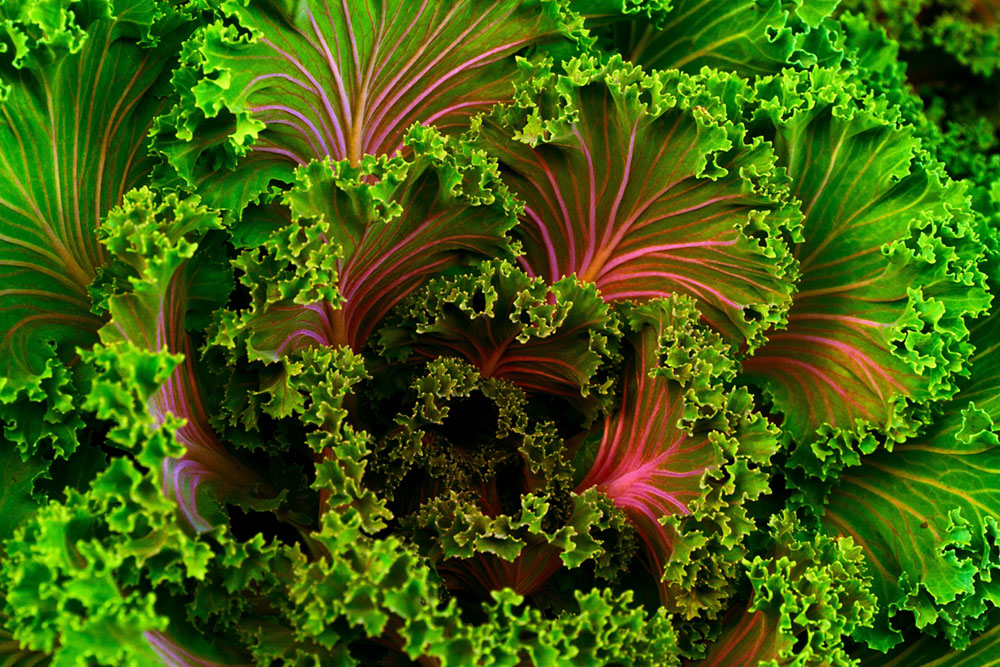
How to grow lettuce commercially
According to botanists the current variety, Lactuca sativa, was developed from Lactuca scariola, which is a common weed in Europe, Abyssinia, East Asia and the USA. Lettuce is very important in a diet because of its high-quality content of Vitamin A and C.
There are three basic commercial types:
- Curly leaf or cos lettuce
- Butter and
- Ice berg type
Ice berg is cultivated on a large scale and for this reason the most popular lettuce type. The leaves overlap each other to form a firm oval head, from which the inner leaves are bleached in the same way as cabbage. The leaves of butter lettuce are loose and curly with indentations on the edges, without making a head. Leafy lettuce has elongated upright leaves with a thick stork. Although the leaves of some of the varieties overlap to create an oblong head, the leaves of other varieties must be tied together at the tips.
Climatic requirements of lettuce
Lettuce prefer a cool climate and can be cultivated throughout the summer in places where the temperature is not too high during mid-day. Although lettuce is an annual crop with very short growth period (75-90 days), it is possible to grow lettuce in warm interior during late autumn, winter and early spring.
Lettuce will not produce any heads of the plants are exposed to warm weather in the early stages. In hot conditions, small low-grade head will develop. Sprouting heads may also be a problem which are unmarketable. Lettuce grown in too hot conditions often taste bitter.
It is not only temperature that plays an important role in the success of cultivating lettuce, but also day length. Although lettuce is a short-day crop, it is stimulated to develop seed instead of heads if the day length is long. This problem can be overcome using varieties which are suitable to resist high temperatures and are adapted to longer day lengths.
Lettuce must never be exposed to drought conditions. It will quickly wilt which makes it much more susceptible to disease. The quality of the leaves deteriorates quickly and it loses its market value.
Lettuce is resistant to frost, except when they are very young. If mature plants are exposed to frost they must be marketed as soon as possible.
Cultivation requirements
This crop can be grown successfully on a wide range of soils. Although the best results are obtained from a fertile well drained loam with high organic content. It has a very shallow root system and can easily be grown in shallow soils. It must be grown in soils with a pH between 5.8-6.5 for optimum results.
Because it has a poorly developed root system, care must be taken that the soil is nutrient rich and easily accessible. Nutrient availability and pH go hand in hand. Thus, nutrients must be placed more shallow when they are established than for most other crops. The best results are obtained when the fertilizers are applied before planting.
The following fertilizer program is common:
- 2-3 weeks before planting; 2-5 t/ha organic material
- Pre-plant: 600 kg/ha 2:3:2(22)
- After 14 days: 250 kg/ha KNO3
- After 30 days: 250 kg/ha KNO3
The application of organic material will improve the soil characteristics such as aeration, nutrition, water retention capacity and structure. The optimum yield in the open field is about 20-30 t/ha. Too high application of nitrogen fertilizer will result in a bitter taste and reduce the shelf life and quality of the plant. High applications of nitrogen will also increase the plant’s susceptibility to various diseases as the leaves are softer.
Lettuce can be rotated with crops such as peas or green beans, spinach, tomatoes etc. Never rotate with endive, artichoke or salsify since they are of the same family and are susceptible to the same diseases.
Harvesting lettuce
Harvesting takes place only when the heads are mature and firm. As soon as the lettuce heads turn lighter in colour, they must be harvested. The matured heads are removed with a short knife just above the soil surface. Depending on the market, the outside leaves are also removed during packaging and cleaning. The heads with leaves are usually sold in wooden crates on the various fresh produce markets. The disadvantage of leaving the outside leaves on is that on hot days they wilt very quickly. This gives the impression that they are old and of inferior quality which reduces market value.



